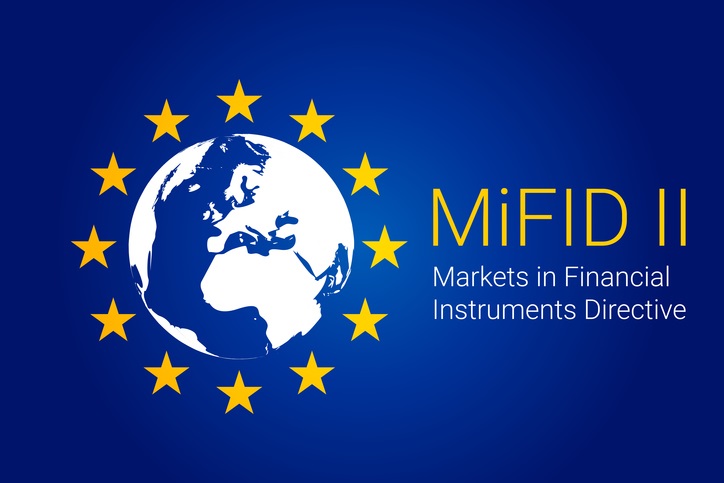
What is MiFID II?
Hello everyone! ComplyStreet is back after a short break. Let’s talk about an EU directive called MiFID II today. What exactly is it? The Markets in Financial Instruments Directive (MiFID) is the EU legislation which was originally adopted in 2007. It governs the buying, selling and trading by investment mediators that provide services to clients linked to ‘financial instruments’. ‘Financial instruments’, in this scenario is the collective description for shares, bonds, units in collective investment schemes, derivatives and places where such instruments are being traded. In 2014, the European Parliament and the Council of the European Union agreed that MiFID should be revised to improve the functioning of financial markets following the financial crisis in 2008, and to increase protection for investors, lower the risks of a out of order market, reduce risks, increase the effectiveness of financial markets and reduce unnecessary costs for participants.
The revised legislation, which came into force on 3 January 2018, will be known as MiFID II and includes: • MiFID: A revision and expansion of the existing directive. • MiFIR (the Markets in Financial Instruments Regulation): this is a binding legislative act, which directly applies across the EU. It seeks to manage the EU ‘s main provisions related to financial instruments trading. The original motive of MiFID was to set the conditions for preliminary authorisation and the ongoing regulatory requisites that regulated markets, corporate governance, investment companies and multinational trading platforms must meet. Another important goal of MiFID is to promote a clear set of regulations across EU financial markets and to regularise regulatory revelations for these institutions. MiFID is the first step towards regulatory reforms in the EU and holds an impact over the compliance teams of all the financial institutions and companies. Like other regulatory reforms and developments such as, the GDPR and MiFIR, the EU is trying to reach for their end goal of a fair and transparent market which exclusively protects its EU citizens and provides them with these rights.
So what happens after Brexit? It is a possibility that the UK may continue to follow the MiFID II regime after it withdraws from the EU. This would definitely make it more convenient for UK firms to access the EU market through the third-country provisions of MiFID II and MiFIR, based on uniformity. regulatory bodies in the UK such as The FCA, PRA or HM Treasury etc. will plausibly have less authority over the development and influence of the MiFID II regime as and when it progresses to MiFID III in the future.
Please note that all opinions made on this blog should be treated as a guide and not legal advice.





